
by hankinslawrenceimages | Feb 18, 2014 | Flowers, Liliaceae Family, Wildflowers, Wyoming
Every now and then when I’m photographing wildflowers, I’ll see a delicate flower – and not know what they are. Once I check my collection of wildflower identification books – I can usually figure it out. I recently realized that three of my unknowns were all members of the lily family native to the US – so here they are – Indian Cucumbers, Mandarins and Fairy Bells.
Indian Cucumber – medeola virginiana – photographed in the Great Smoky Mountains Naitonal Park

Indian Cucumber © 2014 Patty Hankins

Indian Cucumber © 2014 Patty Hankins

Indian Cucumber © 2014 Patty Hankins

Indian Cucumber © 2014 Patty Hankins
Mandarins – prosartes maculata – another spring blooming wildflower found in the Great Smoky Mountains National Park


Mandarin © 2014 Patty Hankins

Mandarin © 2014 Patty Hankins
Fairy Bells – prosartes trachycarpa – closely related to the Mandarins – photographed at Grand Teton National Park

Fairy Bells © 2014 Patty Hankins

Fairy Bells © 2014 Patty Hankins
Aren’t these delicate wild lilies amazing?
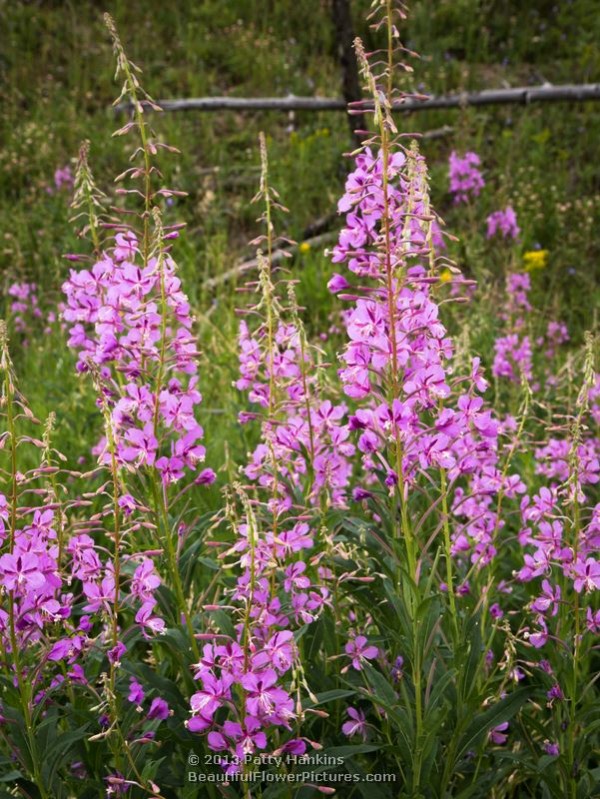
by hankinslawrenceimages | Aug 26, 2013 | Colorado, Flowers, Montana, Onagraceae Family, Wildflowers, Wyoming
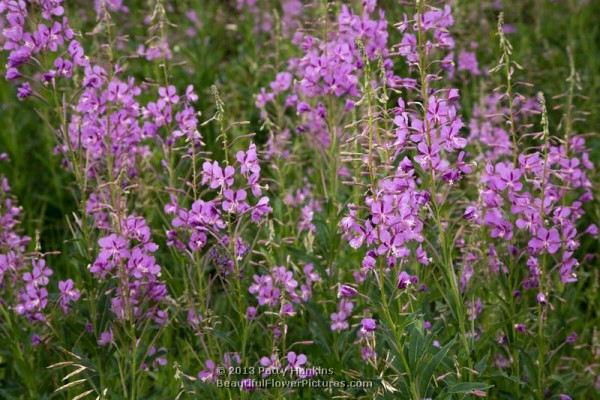
Fireweed © 2013 Patty Hankins
One of the wonderful western wildflowers I’ve photographed in several locations is Fireweed (chamerion angustifolium). The bright magenta flowers of this summer blooming member of the Onoagraceae (evening primrose) family are easy to spot. I’ve photographed it at Yankee Boy Basin in Colorado, and in Glacier, Yellowstone and Grand Teton National Parks.
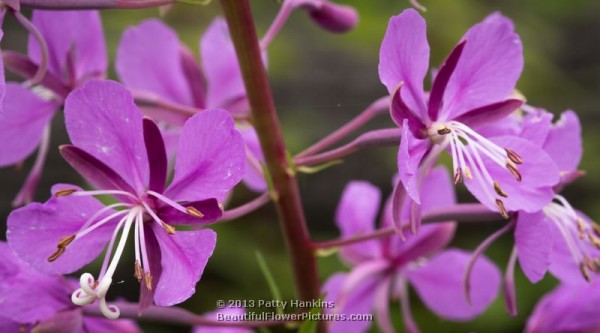
Fireweed © 2013 Patty Hankins
Fireweed is native to Canada and a few northern or mountainous states in the US, including Washington, Montana, Wyoming, Colorado, Minnesota and Indiana. Fireweed is also known as willow herb and french willow.
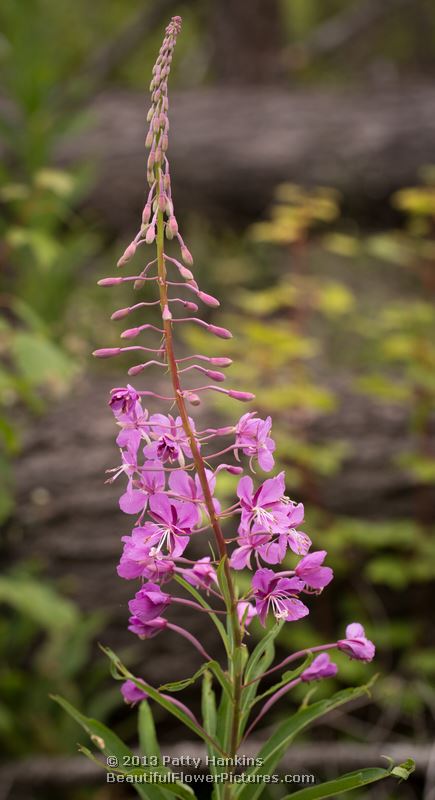
Fireweed © 2013 Patty Hankins
Fireweed can grow to a height of five feet tall. The bright magenta four petaled flowers are about an inch across. Stems are reddish with alternate leaves.
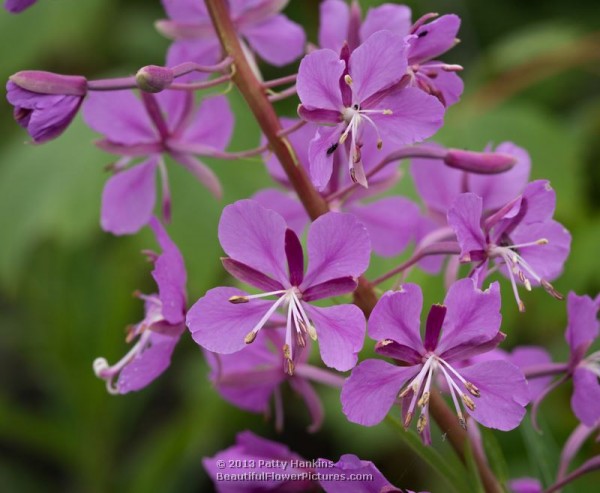
Fireweed © 2013 Patty Hankins
Fireweed grows in moist soil in areas with lots of sun. It is commonly found along roadsides and in clearings. It is one of the plants that first grows back in burned wooded areas – hence it’s name – fireweed.

Fireweed © 2013 Patty Hankins
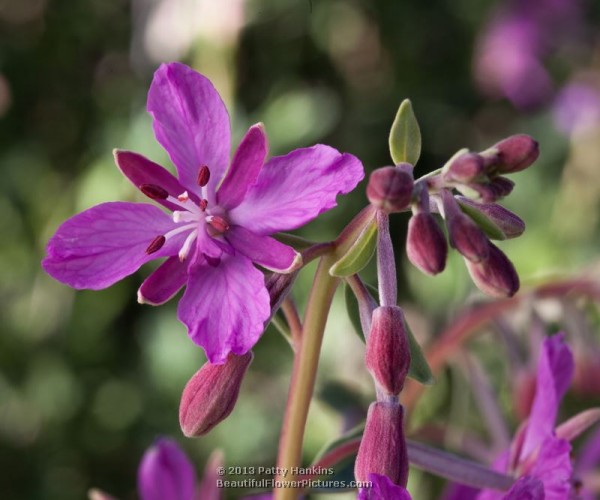
Fireweed © 2013 Patty Hankins
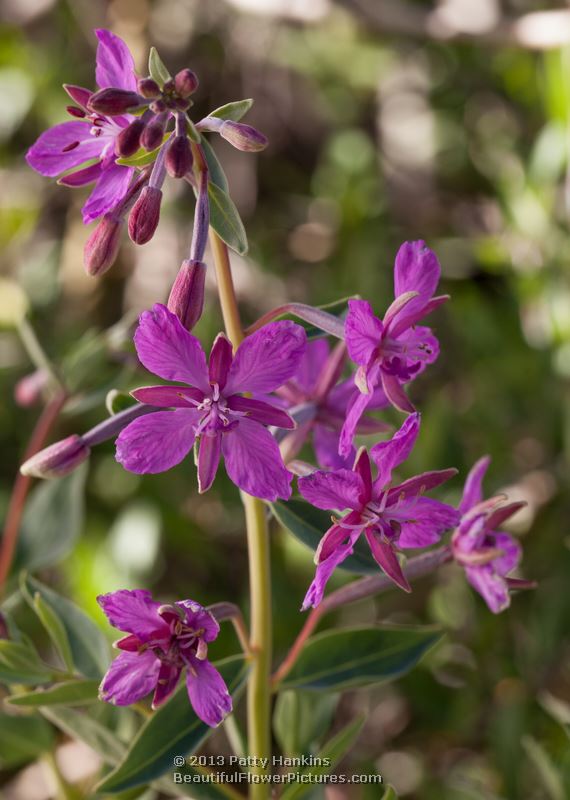
Fireweed © 2013 Patty Hankins
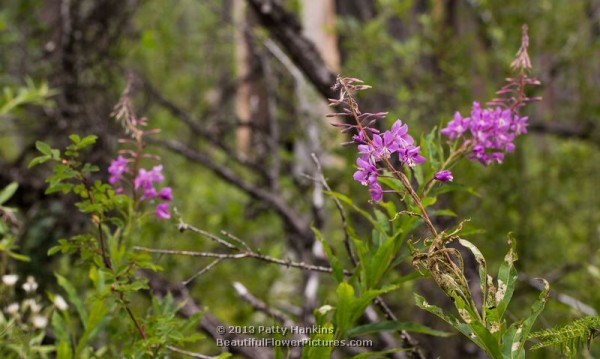
Fireweed © 2013 Patty Hankins
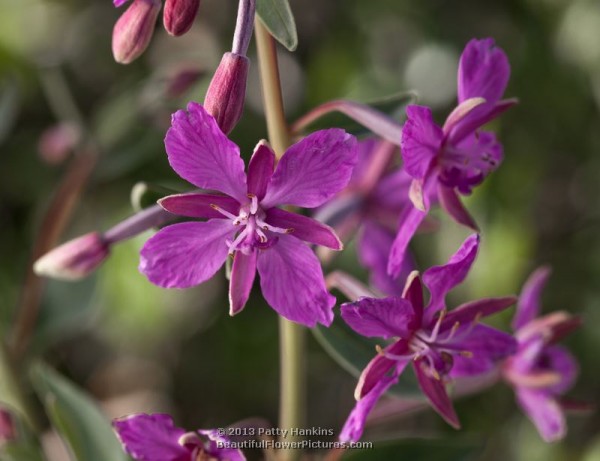
Fireweed © 2013 Patty Hankins
More information about fireweed can be found at
Lady Bird Johnson Wildflower Center
USDA Plant Profiles
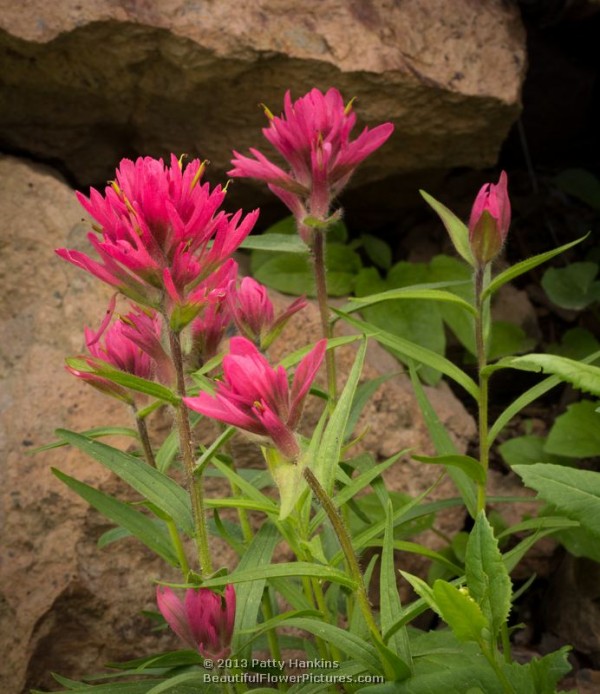
by hankinslawrenceimages | May 6, 2013 | Flowers, Montana, Orobanchaceae Family, Photo Locations, Wildflowers, Wyoming
There are many varieties of paintbrush flowers growing in the Western United States. I always love seeing them and photographing them – the challenge is identifying which one is which!

© 2013 Patty Hankins
From the descriptions I’ve read – I believe I photographed Alpine Paintbrush – castilleja rhexifolia – at both Glacier and Yellowstone National Parks. Of course – I very well may have misidentified them – since no two sources have similar photos for the same wildflower! So I apologize in advance if I’d misidentified which paintbrush these photos are of.
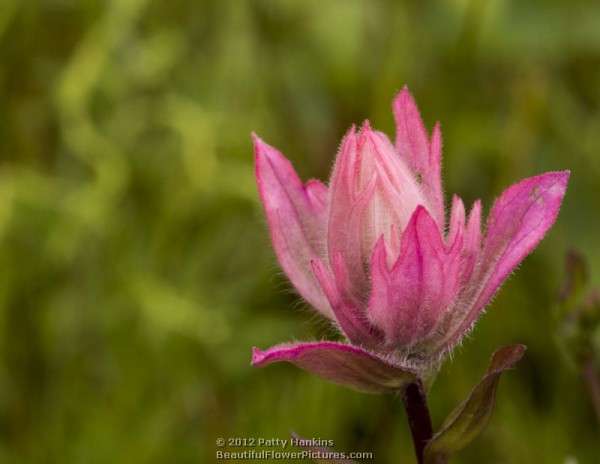
© 2012 Patty Hankins
Alpine Paintbrush are summer-blooming perennial members of the Figwort Family (scrophulariacaea). They grow to between 4 and 16 inches tall – and have bright pink or reddish flowers. I’ve found them in meadows and in open areas along the sides of the roads in the parks.
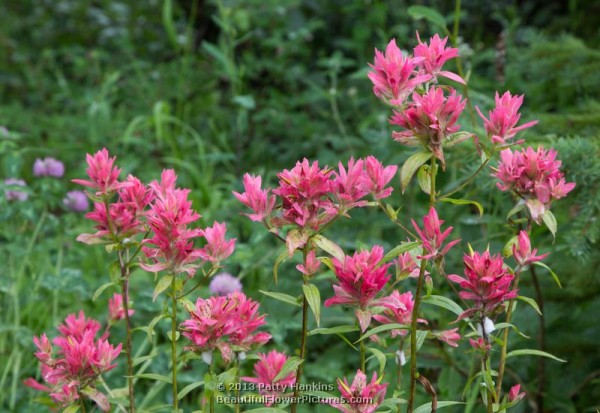
© 2013 Patty Hankins
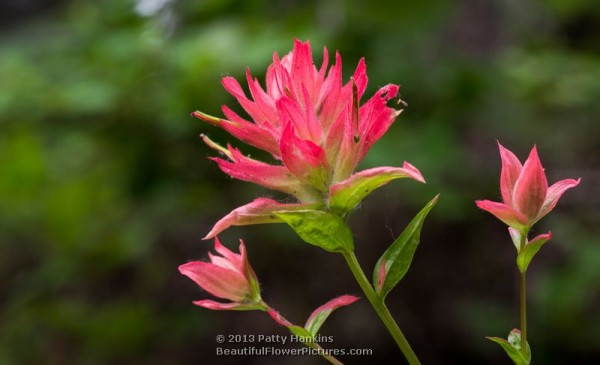
© 2013 Patty Hankins
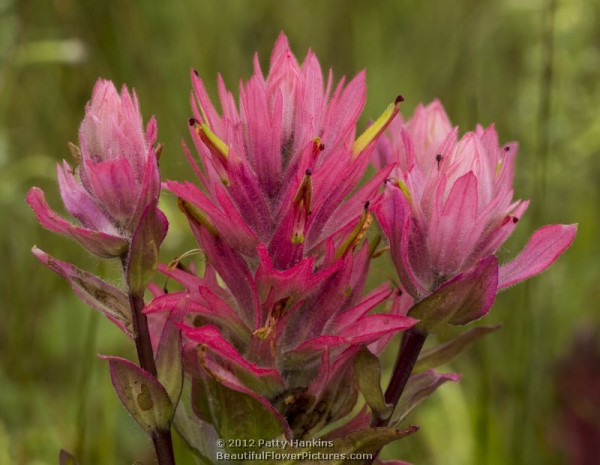
© 2012 Patty Hankins
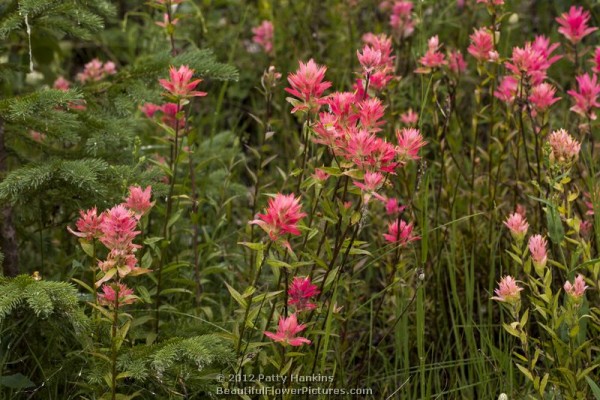
© 2012 Patty Hankins
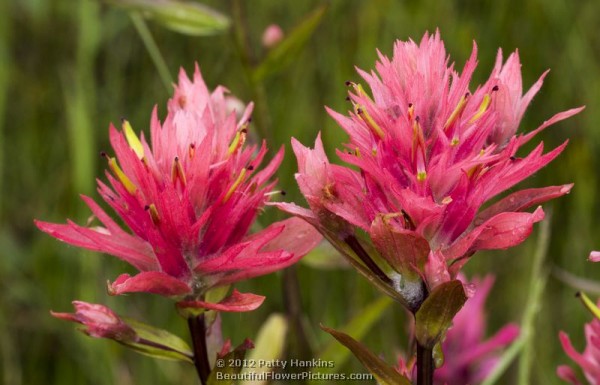
© 2012 Patty Hankins
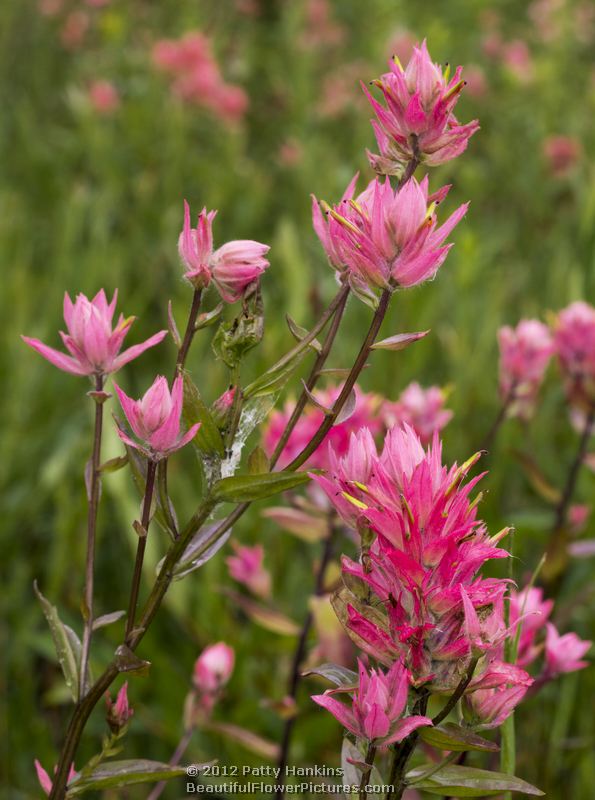
© 2012 Patty Hankins
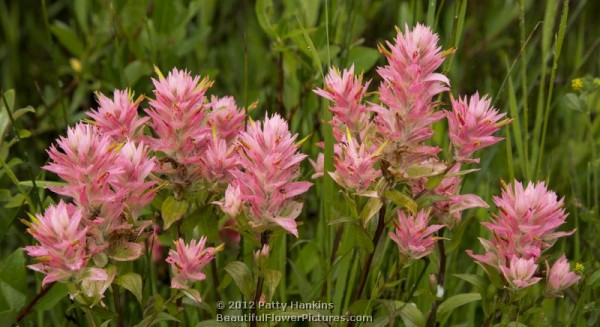
© 2012 Patty Hankins
I hope you’ve enjoyed my Alpine Paintbrush photos. Please feel free to share this post on social media.
by hankinslawrenceimages | Sep 17, 2012 | Flowers, Photo Locations, Wildflowers, Wyoming
Continuing the series of posts with photos that were posted to Facebook while I was on the road this summer . . .
After several days in Glacier National Park, Bill and I headed to Yellowstone National Park in Wyoming. I had visited Yellowstone last summer – and saw lots of snow. Like Glacier – Yellowstone is a completely different place when it isn’t covered with snow!
At Yellowstone – I finally found the western wildflowers I’d heard so much about. In some parts of the park – there were hillsides covered with flowers – in others – there were just a few flowers – but they were also quite beautiful.
Rosy Paintbrush (castilleja rhexifolia) and Silvery Lupine (lupinus argenteus) – and yes I did get asked where was the grizzly bear as I was photographing this set of flowers

© 2012 Patty Hankins
Rosy Paintbrush – Castilleja rhexifolia

© 2012 Patty Hankins
Showy Daisy – Erigeron Speciousus

© 2012 Patty Hankins
Narrowleaf Fireweed – chamerion angustifolium

© 2012 Patty Hankins
Lewis’ Monkeyflower – mimulus lewisii

© 2012 Patty Hankins
I’ll post a few more photos from Yellowstone National Park next week.

by hankinslawrenceimages | May 14, 2012 | Flowers, Ranunculaceae Family, Wildflowers, Wyoming

© 2011 Patty Hankins
One of the beautiful wildflowers I photographed at Grand Teton National Park last summer was Low Larkspur. It is related to the dwarf larkspur I’ve photographed along the Blue Ridge Parkway in Virginia. It was a great splash of color among the greens and browns of the grasses in the field where I spotted it. And I love being able to see both a beautiful little wildflower and the grand mountains in the view.

© 2011 Patty Hankins
Low Larkspur (delphinium nutallianum) is a member of Ranunculaceae (buttercup) family. It is native to much of the western United States and Canada.

© 2011 Patty Hankins
Depending on where you find it will likely determine how tall it is. At Grand Teton National Park, the Low Larkspur was less than 12″ tall. It can grow to as tall as 30″ tall in the southern part of its range. It is known for having only one stem, with blue-violet flowers.

© 2011 Patty Hankins
Like many other members of the delphinium family, low larkspur is highly toxic to humans and animals, especially cattle. All parts of the plant contain alkaloids than can be fatal for humans – and often are fatal for cattle. AVOID EATING ANY PARTS OF THE LARKSPUR PLANTS.

© 2011 Patty Hankins
Despite the toxic nature of the plants, they have been used by Native American tribes as a stain for arrows and in ceremonies.
More information about Low Larkspur can be found at
Lady Bird Johnson Wildflower Center
Native American Ethnobotany
The Wildlife News – Larkspur Strikes Again
USDA Plant Profiles
USDA Plants Poisonous to Livestock in the Western States
by hankinslawrenceimages | Dec 31, 2011 | Flowers, New Photos, Photo Locations, Wildflowers, Wyoming
 Prairie Smoke © 2011 Patty Hankins
Prairie Smoke © 2011 Patty Hankins
I’ve recently added a new photo – Prairie Smoke – to my Beautifulflowerpictures.com website.
One of my favorite wildflowers I discovered my trip to Yellowstone National Park in June was Prairie Smoke (Geum Triflorum). When I first spotted it – I had no clue what it was – but I knew I wanted to take lots of photographs of it. I couldn’t remember ever seeing a wildflower with the combination of uniquely shaped flowers, fuzzy texture and fascinating leaf structure that reminded me of antlers!
I photographed the prairie smoke in the Lamar Valley section of Yellowstone National Park, which is where I found most of the wildflowers I photographed there. Next summer, I’m planning on spending more time in the Lamar Valley than I did on my trip this year. I’m really looking forward to discovering more Yellowstone wildflowers.
This photograph is available as either at 10 X 10″ or 20 X 20″ gallery-wrapped canvas. You can order Prairie Smoke from my website.









































